“Is simplicity best
Or simply the easiest
The narrowest path
Is always the holiest”
Martin Lee Gore
KYLE CHAYKA for the New York times is exploring the “Oppression” of minimalism.
The word’s meaning wasn’t entirely literal when it first came into being; “minimalism” was popularized in 1965 as an insult. In an essay for Arts Magazine, the British philosopher Richard Wollheim used it to describe a group of artists whose work was characterized by “minimal art content” — that is, a lack of art. Arranging bricks on a gallery floor (as Carl Andre did) or manufacturing metal boxes (Donald Judd) or fluorescent light fixtures (Dan Flavin) simply wasn’t, in Wollheim’s estimation, enough to make an object worthy of the title. For good reason, the artists singled out in the essay didn’t identify with Wollheim’s appellation. They used industrial materials to remove themselves from their work, intentionally. In their eyes, this formal frugality was a necessary correction to the heroic individualism of New York School Abstract Expressionism. (After some time, what can you see in a Pollock but Pollock himself?) But the name stuck.

